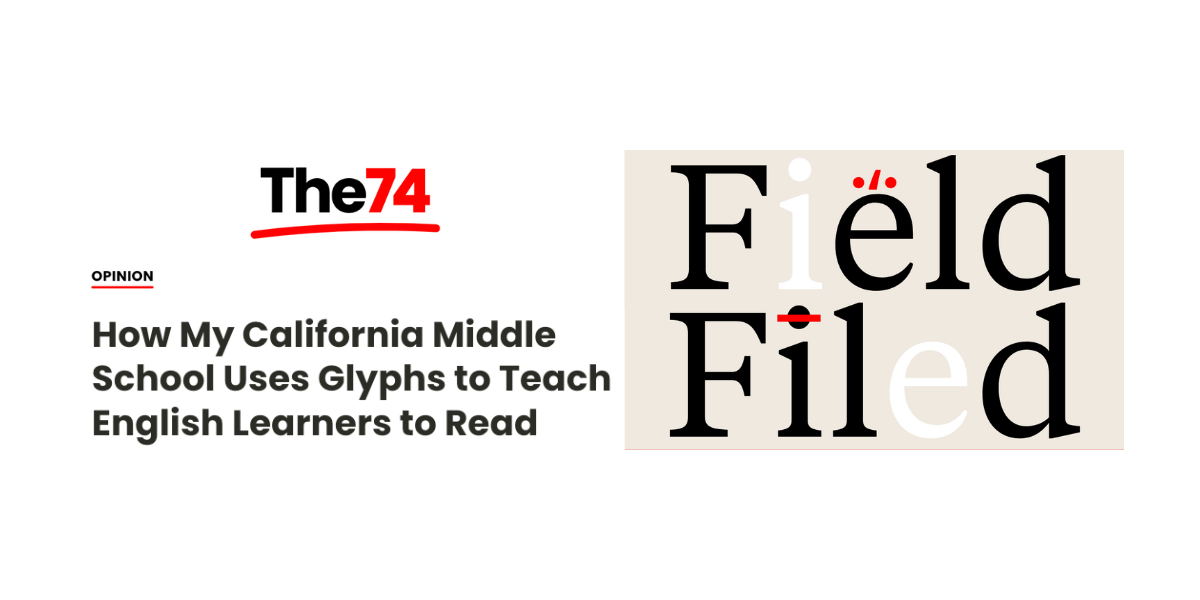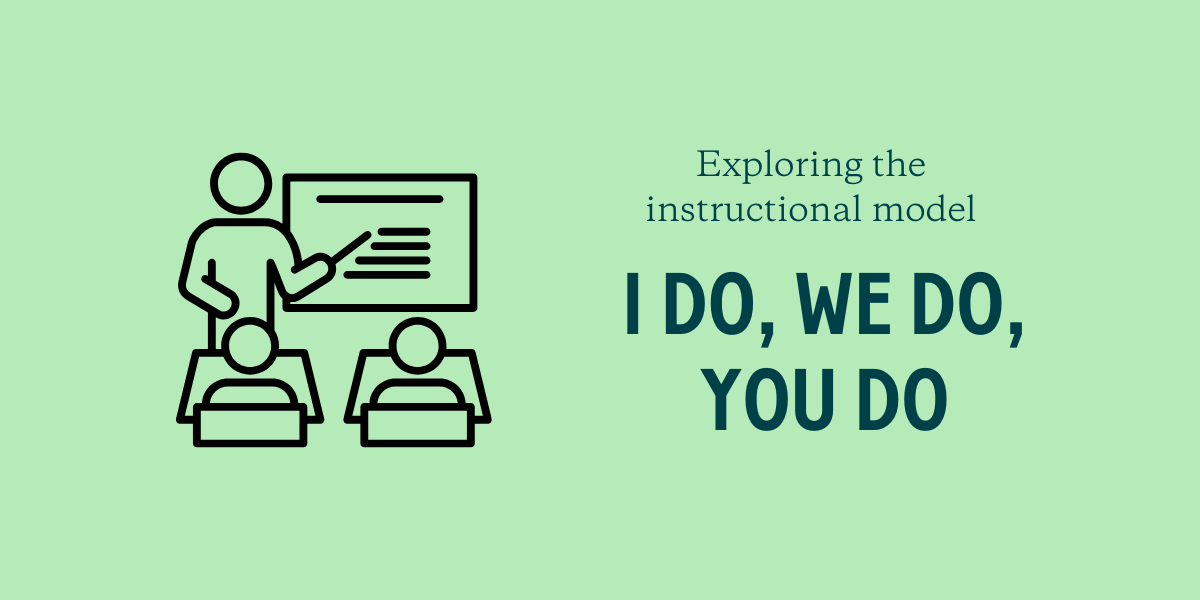How A California Middle School Boosted English Learner Reading Success with Readable English Glyphs - Featured in The 74
A National Spotlight on Reading Success We’re thrilled to share that the Readable English program is featured this week in The 74, a national...
.png?width=350&height=60&name=Readable%20English%20Logo%20(1).png)

 Anna Boyle
Anna Boyle



